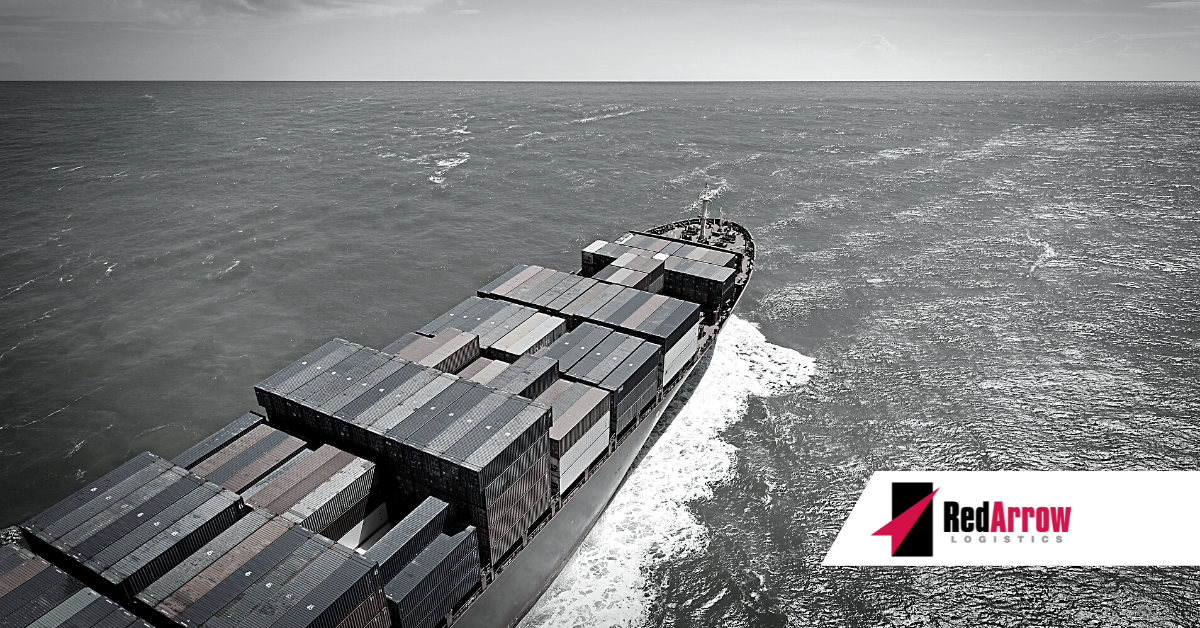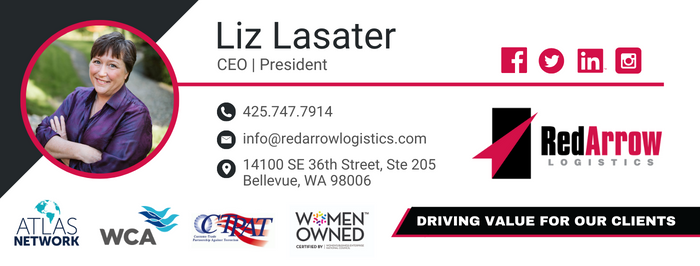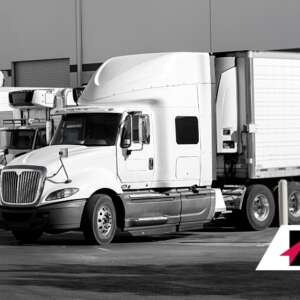The reliance on fossil fuels to power trucks, trains, vessels, and aircraft in the transportation issue has a decided impact on emissions. The International Energy Agency estimates that transportation was responsible for 8.26 gigatons, or 26% of CO2 emissions worldwide in 2018. In the U.S., passenger and freight transportation contributed 28% of the total greenhouse gas emissions in 2018.
These impressive numbers do not go unnoticed by the industry. Transportation and logistics companies are acutely aware of their impact on the environment and the need to decrease their carbon footprint, and there are several ways to do so. In order for the logistics industry to achieve a ‘net zero’ carbon footprint, it will require buy-in from all entities in a supply chain. Decarbonizing the freight industry will need more research and adoption of green technologies.
Carbon Insetting as a Solution
Carbon insetting is a way for a company to reduce its supply chain carbon emissions by evaluating processes that can be optimized to decrease the carbon footprint of the company. Instead of counteracting an action that has already happened as is the case with carbon offsetting, carbon insetting tries to reduce emissions from the source. This can significantly reduce a company’s emissions.
Insetting requires an investment in subcontractors and the freight transportation industry to increase the rate at which the sector decarbonizes. When done correctly, it could result in a shift toward a greener transportation and logistics industry.
Carbon Insetting for the Logistics Industry
Companies are starting to realize the effect that transportation has on their supply chain when carbon insetting is applied, but it is still in its infancy. More companies need to adopt these practices for a larger impact. Some examples are:
- – Sustainable Fuels. The use of sustainable fuels will greatly reduce a company’s carbon footprint. United Airlines for example, is looking at a sustainable aviation fuel.
- – Engine Adaptations. Using diesel filters, which reduce black carbon or using low-carbon fuel as opposed to fossil fuel engines.
- – Equipment Decommissioning. Freight carbon insets can provide funding to put equipment with high levels of emissions out of commission.
- – Logistics Efficiency. Supporting changes in logistics, driver training programs, and route planning are also ways to reduce emissions.
These actions can cause significant greenhouse gas reduction. Freight carbon insets could possibly be interchangeable with Renewable Energy Credits in the future, however, the support is not there yet to make a sizeable impact on carbon emissions. There must be a better balance between carbon offsetting and insetting within the freight shipping industry.
Taking Action to Reduce Emissions
Many companies are working to meet GHG emission-reduction targets and goals for net-zero emissions by 2050. Deutsche Post DHL Group, for example, has committed $8.25 billion in investment in green technologies.
The following are ways that each sector of transportation can reduce GHG emissions:
– Trucking: Adopt alternative fueled vehicles that are powered by hydrogen fuel cells, batteries, or biofuels.
– Maritime: Use low-sulfur fuels and install scrubbers on vessels.
– Airfreight: Use sustainable aviation fuels and invest in more efficient aircraft.
– Rail: Use automation for optimal efficiency and electricity generated from renewable sources.
There is consensus in the industry for the need to get to net-zero emissions globally by 2050 which means that companies have a lot of work to do to get there. However, there are many solutions that can help the industry get there. The use of alternative fuels will require new fleets of vehicles and vessels as well as infrastructure to be able to support it.
All companies will need to develop methods for carbon inset measuring and reporting according to emerging standards. Shippers and logistics service providers will need to invest in freight-related carbon insets and create a diverse and effective plan to decarbonize their freight projects.
Your Trusted Partner
Increased efficiency to be able to reduce the carbon footprint of the freight industry will require commitment and investment. Red Arrow Logistics can help your company increase its efficiency, route optimization, and reduce its carbon footprint. Contact us to find out how.
Red Arrow offers the scale and scope of services including air, ocean, and ground transportation to meet the budget and schedule requirements of the largest and smallest companies alike. If we can be of assistance, please email us at info@redarrowlogistics.com or give us a call at 425-747-7914.





